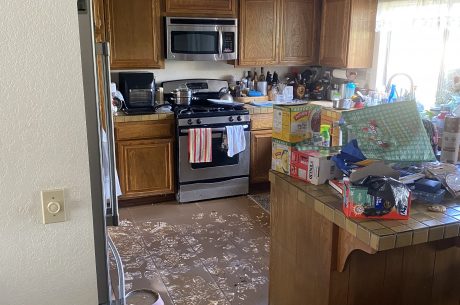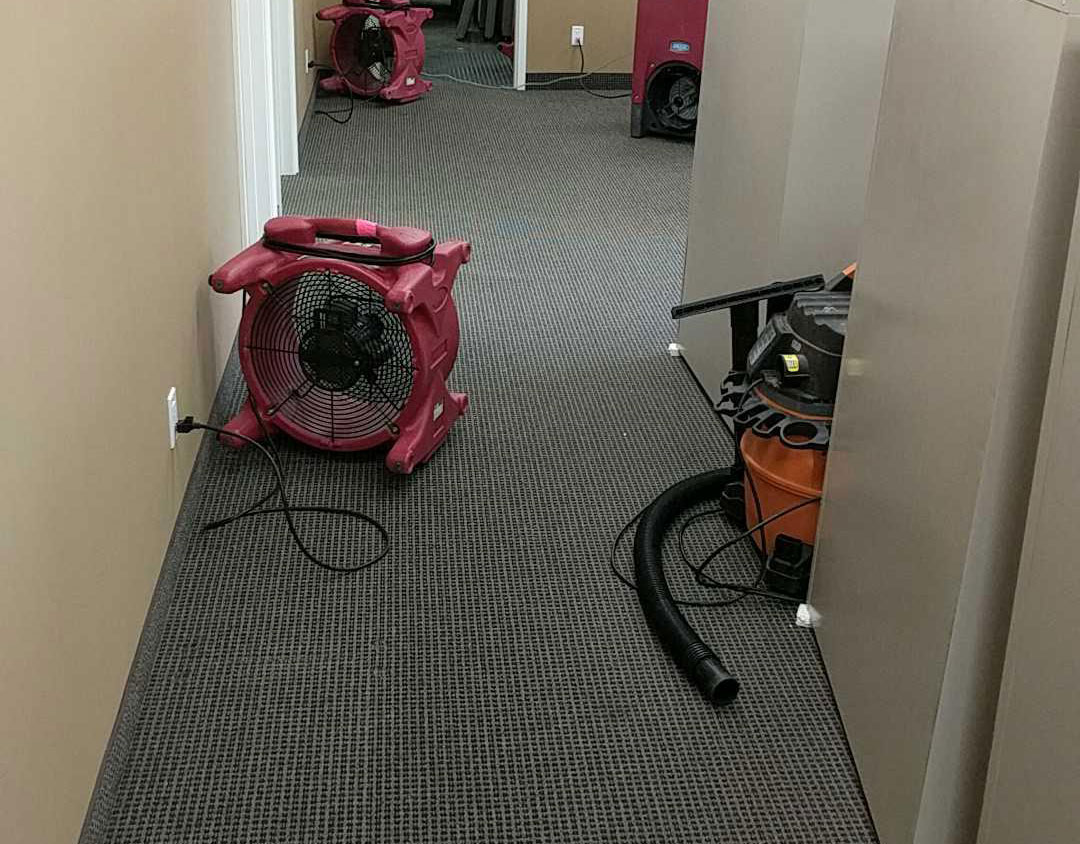Table of Contents
If you’ve ever discovered a strange white substance growing on your walls, wood beams, or basement floor, you’re not alone. That chalky, fuzzy growth is likely white mold—and it’s more than just an eyesore. Removing white mold isn’t just about cleaning up a mess. It’s about protecting your family, preserving your property, and preventing long-term health issues.
Let’s dive into why this sneaky fungus deserves your attention, what it really means for your home, and how to take the right steps to get rid of it—safely and effectively.
1. What Is White Mold?
White mold is a type of fungus that thrives in damp, dark, and humid environments. While it’s often mistaken for efflorescence (a harmless salt residue), white mold is alive—and actively growing.
It can appear powdery, silky, or fuzzy and is typically found on:
- Wood (like attic beams or basement studs)
- Drywall
- Insulation
- Concrete
- Carpet backing or padding
Unlike black mold, which gets all the attention, white mold can be just as dangerous—and much harder to spot until it’s widespread.
2. Why Removing White Mold Is a Must
White mold releases spores into the air, which can spread throughout your home. These spores may cause health problems, especially for individuals with allergies, asthma, or weakened immune systems.
Common symptoms linked to mold exposure include:
- Sneezing
- Eye irritation
- Coughing
- Skin rashes
- Respiratory infections
Removing white mold as soon as it’s detected is critical. Waiting too long can result in extensive structural damage and more serious health issues.
3. Where White Mold Hides in Your Home
White mold often hides in plain sight—or in areas you rarely inspect. Some common hiding spots include:
- Basements and crawl spaces
- Behind drywall or wallpaper
- Attics with poor ventilation
- Under kitchen and bathroom sinks
- Around HVAC ducts or vents
In Santa Maria and the surrounding Central Coast areas, the cool and humid coastal air makes homes particularly vulnerable to mold growth, especially in older properties or those with poor ventilation.
4. How to Identify White Mold (and Not Confuse It)
White mold is frequently misidentified as:
- Efflorescence: The salt deposits left when water evaporates from concrete or brick. Efflorescence doesn’t have an odor and doesn’t grow. Try rubbing it—if it wipes away and doesn’t return in a few days, it’s likely just salt.
- Dust or lint: Mold grows back quickly, while dust doesn’t.
If you’re unsure whether what you’re seeing is mold, it’s best to contact a professional for a mold inspection.
5. Dangers of DIY Mold Removal
Many homeowners try removing white mold themselves using bleach or household cleaners. Here’s why that’s a risky move:
- Bleach doesn’t penetrate porous surfaces. It may whiten mold on the surface but doesn’t kill the roots underneath.
- Mold spores can spread. Scrubbing mold without proper containment can send thousands of spores into the air.
- Lack of proper gear. Without PPE (personal protective equipment), you risk inhaling toxic spores.
If you’re tackling a small patch (less than 10 square feet), DIY might be okay. But anything larger? Call in the pros.
6. The Process of Removing White Mold Professionally
Professional mold remediation companies like PuroClean of Santa Maria follow strict protocols to safely and thoroughly remove white mold:
- Inspection and testing: Using moisture meters and thermal imaging to identify mold growth and water sources.
- Containment: Isolating the affected area with plastic sheeting and negative air pressure machines to prevent spore spread.
- Air filtration: HEPA air scrubbers are used to capture airborne spores.
- Mold removal: Damaged materials may be removed, or surfaces may be treated with antimicrobial agents.
- Moisture control: Drying and dehumidifying the area to prevent future growth.
You’re not just cleaning up mold—you’re preventing it from coming back.
7. How to Prevent White Mold in the Future
Once you’ve gone through the trouble of removing white mold, the last thing you want is for it to return. Prevention is key:
- Fix leaks immediately. Dripping faucets, cracked roofs, and leaky pipes can feed mold.
- Control humidity. Use dehumidifiers in basements and bathrooms. Keep indoor humidity below 50%.
- Ventilate properly. Especially in attics, kitchens, and bathrooms.
- Use mold-resistant materials. Opt for mold-resistant drywall and insulation in vulnerable areas.
- Schedule regular inspections. A little check-up goes a long way.
FAQs About Removing White Mold
Q: How can I tell if the white substance in my basement is mold or efflorescence?
A: Efflorescence wipes away easily and doesn’t return if moisture is controlled. White mold feels soft or fuzzy and often returns quickly.
Q: Is white mold more dangerous than black mold?
A: While black mold gets more attention, white mold can still cause serious health problems and property damage. The danger often depends on exposure level and individual sensitivity.
Q: Can I just paint over white mold?
A: No. Painting over mold traps moisture and spores, which can continue to grow and worsen over time.
Q: How long does it take to remove white mold?
A: Depending on the severity, professional removal can take from a few hours to a few days. More extensive damage may require construction repairs.
Q: Does homeowner’s insurance cover mold removal?
A: It depends on the cause. If mold resulted from a covered peril (like a burst pipe), your policy might help. Gradual damage due to neglect is usually not covered.
Don’t Wait on Removing White Mold
White mold is more than a cosmetic problem—it’s a silent invader that can cause serious health issues and expensive damage. And because it spreads fast and hides easily, early detection and professional removal are your best defense.
If you’ve noticed strange white patches on your walls, wood, or insulation—don’t ignore them.
Call PuroClean of Santa Maria Today
At PuroClean of Santa Maria, we specialize in removing white mold from homes and businesses throughout Santa Maria, Nipomo, Guadalupe, Lompoc, San Luis Obispo, and surrounding areas.
Here’s what sets us apart:
- IICRC-certified mold remediation experts
- Advanced moisture detection and mold removal equipment
- Safe, effective, and eco-friendly cleaning solutions
- 24/7 emergency response
- Compassionate, professional service
We don’t just remove mold—we find the source, treat the damage, and help you prevent it from coming back. Don’t let white mold take over your home.
Call PuroClean of Santa Maria at (805) 975-0800 or request service online for fast, reliable mold remediation. Your health and your home are worth it.
(805) 975-0800 | Contact Us Online | Available 24/7 | Google Business Profile




 PuroClean of Santa Maria
PuroClean of Santa Maria